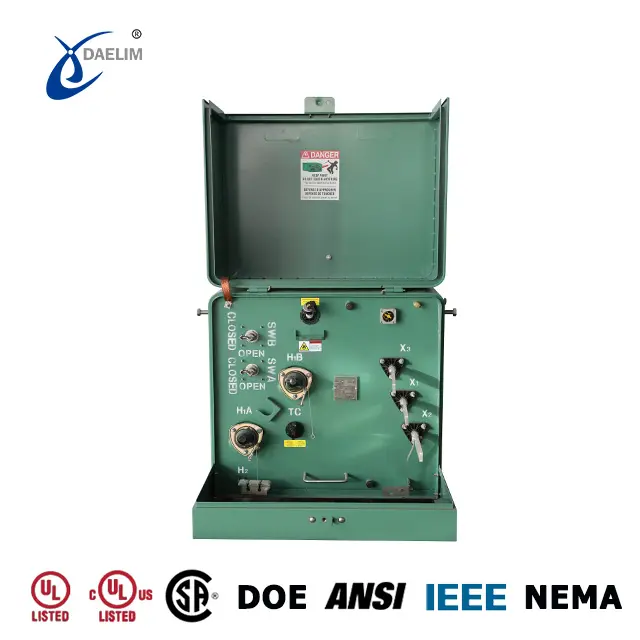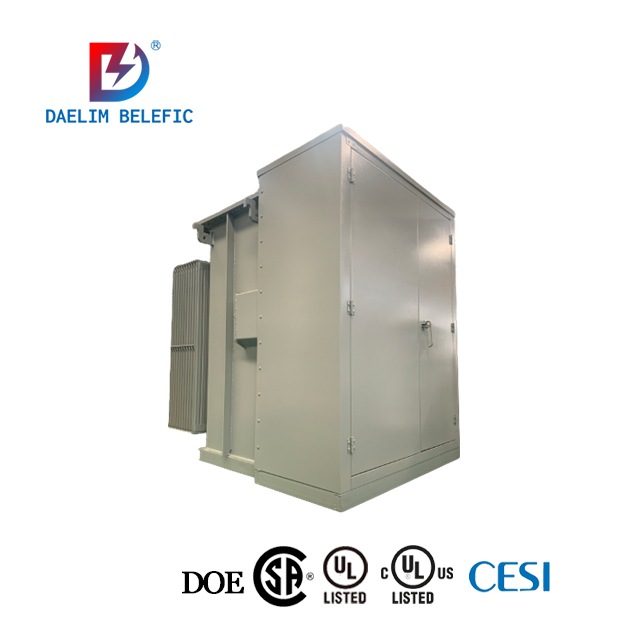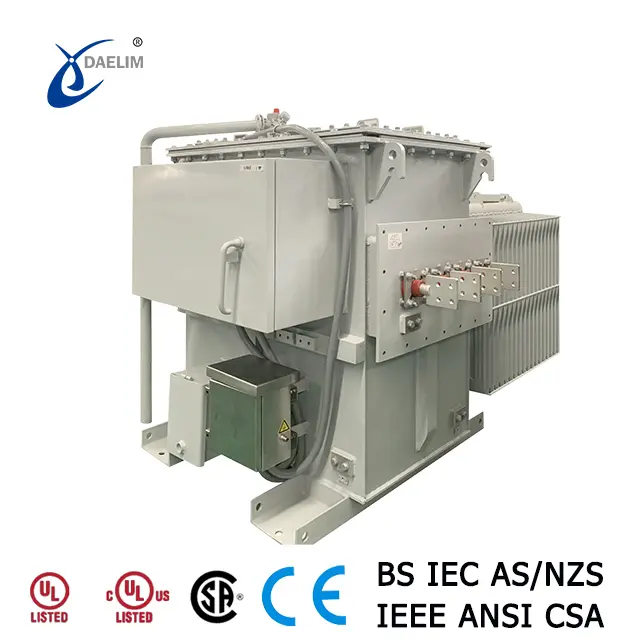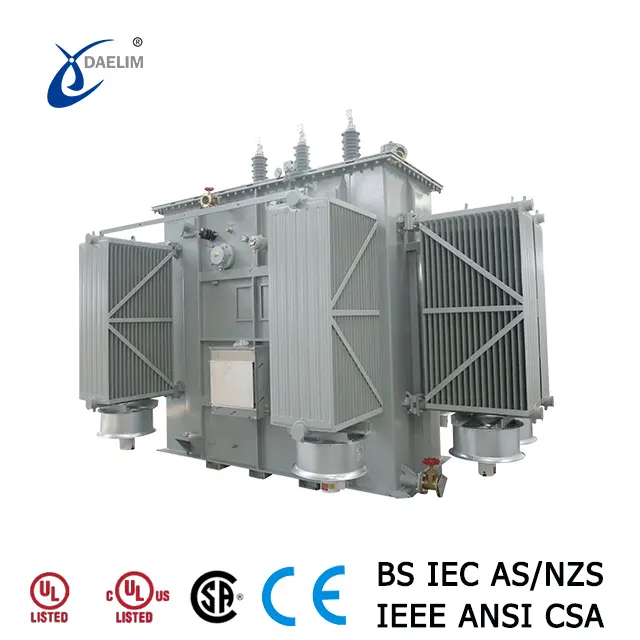Requirements for Transformer Core Grounding Points
The transformer core must have only one grounding point, serving as the normal working grounding point, to limit the core potential and current flow. Absence of grounding or having multiple grounding points can lead to core failure, compromising the safe operation of the transformer.
Importance of Single Grounding Point
Electric Field Interaction
During transformer operation, an electric field exists between the charged windings and the oil tank, with metal components like the core and clamps situated in this field. Due to uneven capacitance distribution and varying field strengths, an ungrounded core develops a floating potential, leading to charging and discharging between the core and the ground or coil. This weakens the insulation strength of both the solid insulation and the oil. Grounding the core at one point eliminates the risk of a floating potential.
Risks of Multiple Grounding Points
Short-Circuit Formation
Grounding the core at multiple points creates a short-circuit ring around the working magnetic flux. This ring, influenced by the alternating magnetic field, generates significant short-circuit currents, which flow through the core, causing localized overheating. More grounding points result in more circulating current loops and larger circulating currents, depending on the position of the redundant grounding points. This increases the transformer’s iron loss and can cause severe overheating.
Damage to Silicon Steel Sheets
Overheating due to circulating currents can melt local silicon steel sheets, burning out the insulating paint film between adjacent sheets. Repairing this damage requires replacing silicon steel sheets, which is costly and time-consuming, affecting the power grid's safe operation.
Consequences of Improper Grounding
Gas Generation
Ungrounded or multi-point grounded cores can produce large amounts of flammable gas due to overheating and discharge, potentially triggering light gas signals or heavy gas tripping the transformer switch, interrupting external power supply.
Therefore, to ensure safe operation, the transformer core and its fasteners must be well insulated, with only one reliable grounding point.
Related Products
Related Article
Color Changes and Abnormal Odors in Transformer
Transformer faults can cause overheating, color changes, and odors due to loose connections, damp silicone, gas collection, and improper cooling. Measures include tightening, replacing silicone, thorough inspections, and proper maintenance to prevent further issues.
Causes and measures for abnormal transformer sound
Abnormal transformer sounds can indicate system overvoltage, overload, loose internal components, static or corona discharge, and loose external accessories. Measures include checking parameters, securing components, ensuring proper grounding, and tightening external parts.
How to chose Pad Mounted Transformer for Blockchain Projects
Choosing a blockchain transformer involves assessing input/output voltages (e.g., 208V, 240V/415V, 277V/480V) and calculating required kVA. Daelim Transformer offers customized solutions meeting CSA/IEEE standards, supporting North American mining projects with diverse materials, accessories, and expert support for performance and reliability.
Transforming Global Energy Infrastructure with Large Transformers
Large transformers crucial for global electricity transmission. China leads in eco-friendly, advanced tech. Daelim Transformer excels globally with high-performance units, expanding in North America, meeting rising demand.
Causes and Measures for Abnormal Transformer Temperature
Abnormal transformer temperature can result from internal faults, unopened radiator doors, blocked or leaking respirators, poor transformer structure, and cooling device malfunctions. Measures include identifying faults, opening doors, clearing respirators, installing magnetic isolation, and ensuring cooling device functionality.
Causes and Measures for Flashover Discharge of Transformer Bushing
Flashover discharge in transformer bushings can be caused by surface contamination, defects, inadequate creepage distance, overvoltage, debris, and adverse weather. Measures include cleaning, replacement, design improvements, testing, debris removal, and halting operation in severe weather.






